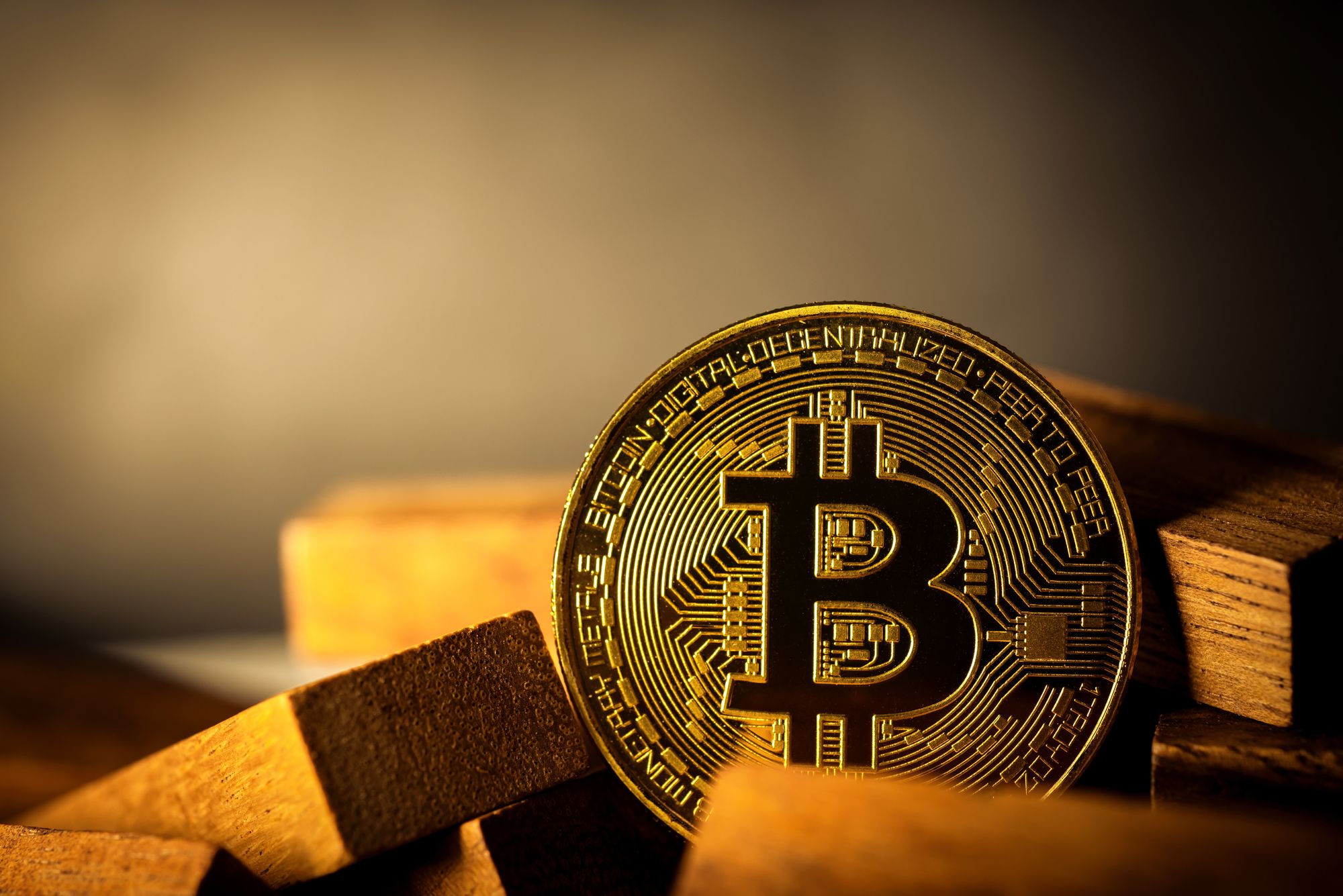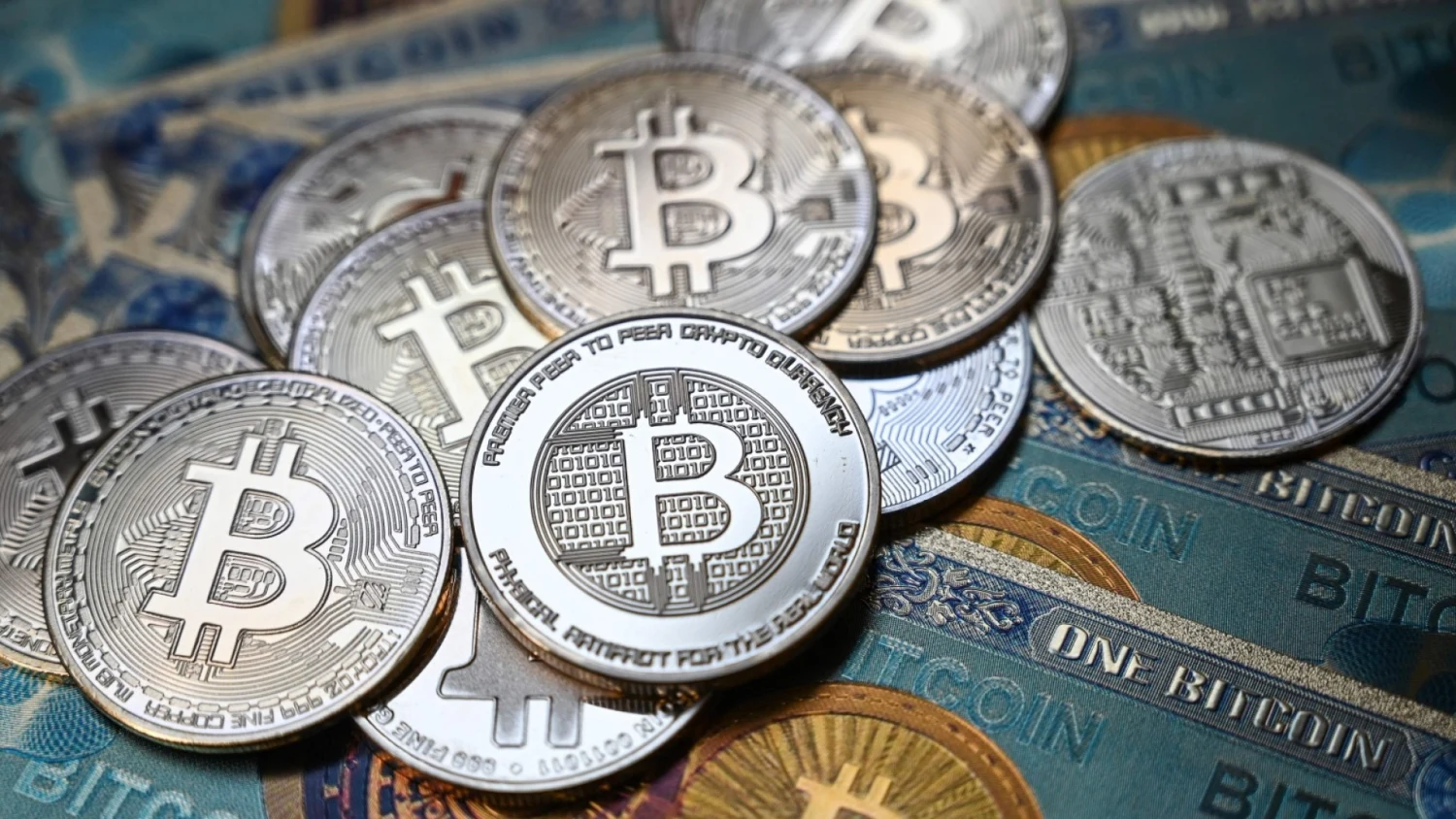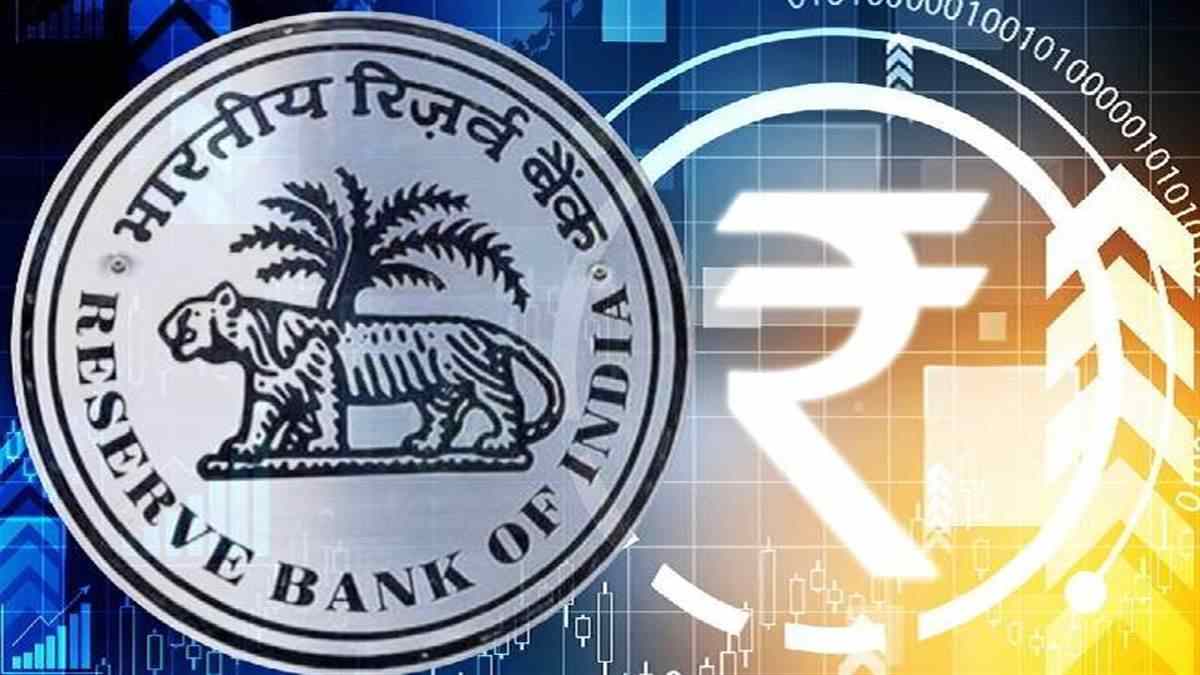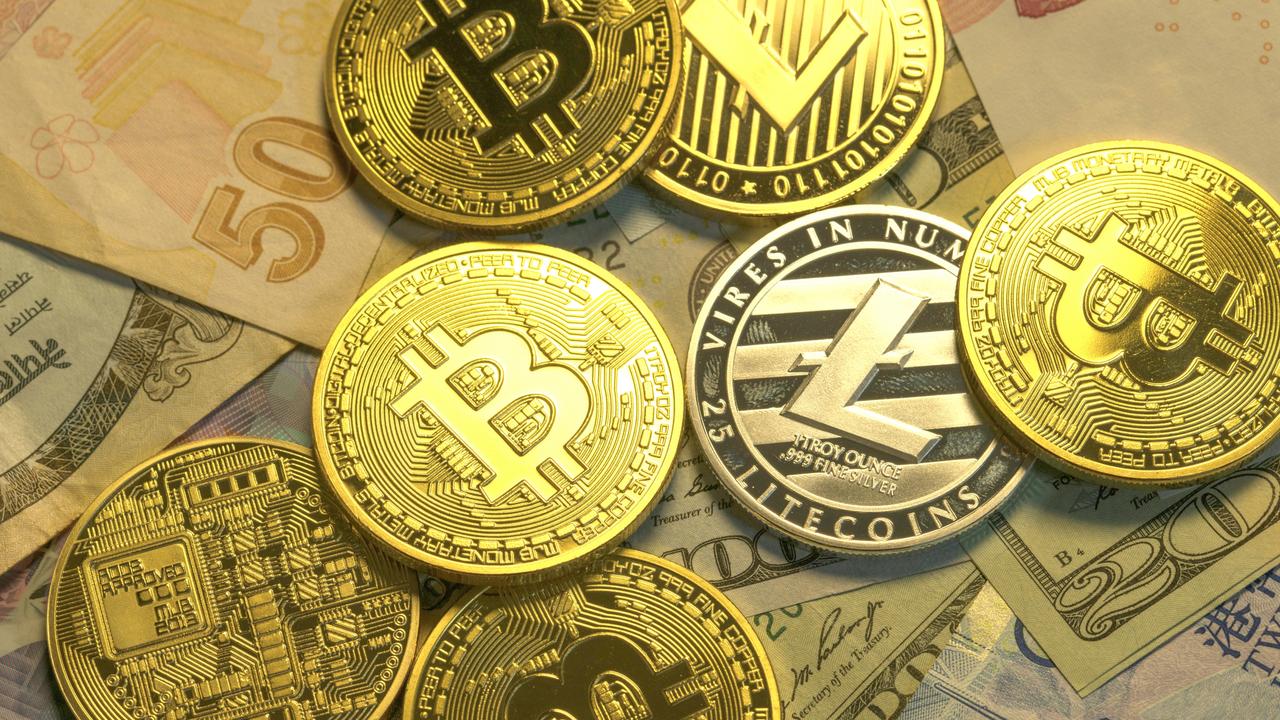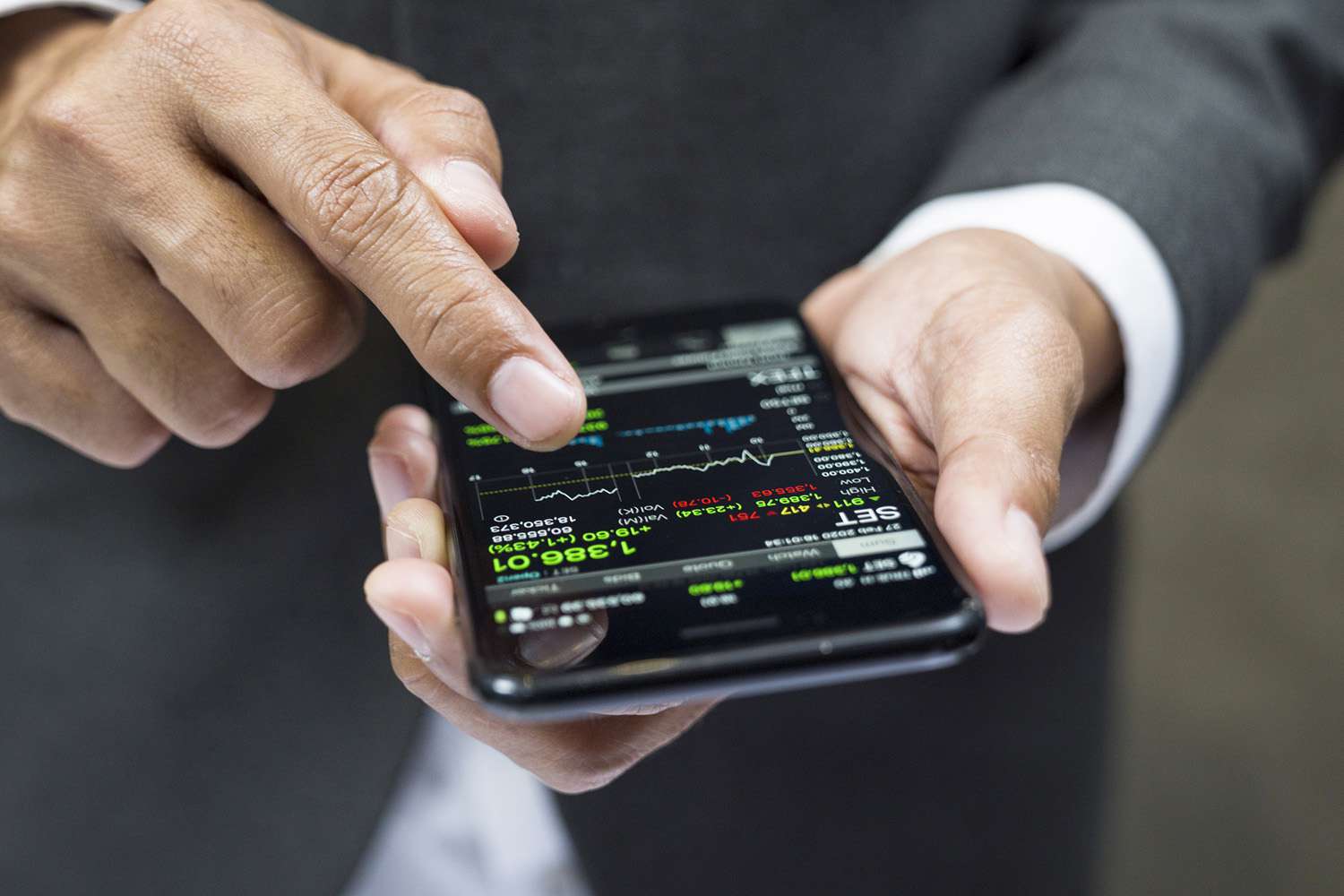What is Digital Currency?
Digital currency, also known as cryptocurrency, is a form of virtual or digital money that utilizes cryptography for security. Unlike traditional physical currencies, such as banknotes or coins, digital currency is purely digital and exists solely in electronic form. It operates on decentralized networks, typically using blockchain technology.
One of the fundamental characteristics of digital currency is its autonomy from central authorities, such as governments or banks. This decentralized nature provides users with greater control over their money and facilitates secure peer-to-peer transactions without the need for intermediaries.
The most well-known and widely used digital currency is Bitcoin, which was introduced in 2009. Since then, several other cryptocurrencies, including Ethereum, Litecoin, and Ripple, have gained significant popularity.
Digital currencies offer several advantages over traditional forms of money. They allow for instant and borderless transactions, eliminating the need for banks or other financial institutions to facilitate and verify payments. Additionally, digital currencies can provide a level of anonymity, as transactions are often pseudonymous, offering users increased privacy.
Furthermore, digital currencies provide opportunities for financial inclusion, particularly in regions with limited access to traditional banking services. It opens up access to financial systems for the unbanked and underbanked populations, empowering individuals to control and manage their finances.
It is important to note that digital currency values can be volatile, with prices often experiencing significant fluctuations. This volatility is a result of various factors, including market demand, regulatory developments, and investor sentiment.
Overall, digital currency represents a transformative innovation in the realm of finance. Its decentralized nature, enhanced security, and potential for financial inclusiveness make it an increasingly popular and viable alternative to traditional forms of money.
Types of Digital Currency
There are numerous types of digital currencies available in the market today. While Bitcoin remains the most well-known and prominent, there are several other cryptocurrencies worth exploring. Here are some of the most popular types of digital currency:
- Bitcoin (BTC): Bitcoin is the original and most widely recognized digital currency. It was created by an anonymous person or group of people using the pseudonym Satoshi Nakamoto. Bitcoin operates on a decentralized network and is widely accepted as a medium of exchange and a store of value.
- Ethereum (ETH): Developed by Vitalik Buterin, Ethereum is a decentralized platform that enables developers to build and deploy smart contracts and decentralized applications (DApps). The native cryptocurrency of the Ethereum network is called Ether.
- Litecoin (LTC): Litecoin is often referred to as the “silver” to Bitcoin’s “gold.” It was created by Charlie Lee and is known for its faster transaction confirmation times and a different hashing algorithm than Bitcoin.
- Ripple (XRP): Ripple is both a digital payment protocol and a cryptocurrency. Unlike many other cryptocurrencies, Ripple works closely with banks and financial institutions to facilitate fast and low-cost international money transfers.
- Bitcoin Cash (BCH): Bitcoin Cash is a cryptocurrency that emerged as a result of a hard fork from the Bitcoin blockchain in 2017. It aimed to increase the block size limit, allowing for faster and cheaper transactions.
- Cardano (ADA): Cardano is a blockchain platform that aims to provide a secure and scalable infrastructure for the development of decentralized applications and smart contracts. ADA is the native cryptocurrency of the Cardano platform.
- Stellar (XLM): Stellar is a blockchain-based platform designed to facilitate fast and low-cost cross-border payments. It aims to connect financial institutions, reducing the friction and cost associated with traditional money transfers.
- Monero (XMR): Monero is a privacy-focused cryptocurrency that offers enhanced anonymity and fungibility. It utilizes innovative cryptographic techniques to obfuscate transaction details and addresses.
These are just a few examples of the diverse range of digital currencies available. Each cryptocurrency has its unique features, use cases, and underlying technology. It’s essential to conduct thorough research and consider factors such as security, market liquidity, and community support before engaging with any digital currency.
Choosing a Digital Currency Exchange
When it comes to buying and selling digital currency, choosing the right digital currency exchange is crucial. An exchange acts as a platform for users to trade, store, and manage their cryptocurrencies. Here are some factors to consider when selecting a digital currency exchange:
- Security: One of the most important considerations is the security measures implemented by the exchange. Look for exchanges that offer two-factor authentication (2FA), cold storage of funds, and regular security audits. Additionally, research if the exchange has a history of security breaches or hacking incidents.
- Liquidity: Liquidity refers to the ease of buying or selling a cryptocurrency on an exchange. Choose an exchange with good liquidity to ensure that your orders can be executed quickly and at competitive prices.
- Fees: Different exchanges have varying fee structures. Some charge a percentage of the transaction value, while others have fixed fees. Consider the fee structure and compare it with the services provided by the exchange. However, keep in mind that lower fees do not always equate to better service, so assess the overall value offered.
- Supported Cryptocurrencies: Determine which cryptocurrencies you are interested in trading and check if the exchange supports those coins. While most exchanges offer popular cryptocurrencies like Bitcoin and Ethereum, smaller or newer coins may have limited availability.
- User Experience: The user experience of an exchange plays a significant role, especially for beginners. Look for exchanges with intuitive interfaces, easy onboarding processes, and responsive customer support. A user-friendly exchange will make it easier to navigate and conduct transactions.
- Regulation and Compliance: Consider whether the exchange adheres to regulatory requirements. Choosing a regulated exchange can provide an added layer of protection for your funds and ensure that you are using a legitimate and trustworthy platform.
- Customer Support: Reliable customer support is essential, especially when dealing with financial transactions. Check if the exchange offers multiple support channels, such as email, live chat, or phone, and research the reputation of their customer service.
- Reputation: It’s important to research the reputation and track record of the exchange. Look for user reviews, forums, and news articles to gather insights into the experiences of other users. A reputable exchange is more likely to provide secure and reliable services.
Considering these factors will help you choose a digital currency exchange that matches your requirements and provides a seamless and secure trading experience. Remember to do thorough research, compare multiple exchanges, and take into account your specific needs and preferences.
Setting Up an Account
Setting up an account on a digital currency exchange is typically a straightforward process. To get started, follow these general steps:
- Choose an Exchange: Research and select a digital currency exchange that meets your requirements in terms of security, fees, supported cryptocurrencies, and user experience.
- Registration: Visit the exchange’s website and click on the “Sign Up” or “Register” button. You will usually be prompted to provide your email address, create a strong password, and agree to the exchange’s terms of service.
- Identity Verification: Due to Know Your Customer (KYC) regulations, most exchanges require users to verify their identities. This typically involves providing personal information, such as your full name, date of birth, and address. You may also need to upload a government-issued ID and a proof of address document, such as a utility bill or bank statement.
- Two-Factor Authentication (2FA): Enable two-factor authentication to add an extra layer of security to your account. This typically involves linking your account to a mobile app like Google Authenticator or receiving SMS codes.
- Account Verification: After submitting your personal information and documents, the exchange will review and verify your account. This process can take anywhere from a few hours to several days, depending on the exchange’s verification procedures.
- Deposit Funds: Once your account is verified, you can deposit funds into your account. Typically, exchanges support various deposit methods, including bank transfers, credit/debit cards, and sometimes even other cryptocurrencies.
- Security Measures: Set up additional security measures like a strong unique password, enable email notifications for account activity, and consider storing your funds in a personal wallet for added security.
- Start Trading: With funds in your account, you can now start buying and selling digital currencies on the exchange. Familiarize yourself with the exchange’s trading interface, place orders, and monitor the market for potential investment opportunities.
Remember, the specific steps and requirements may vary depending on the exchange you choose. It is essential to carefully follow the instructions provided by the exchange during the account setup process.
It’s also worth noting that some exchanges have different tiers of verification, with higher tiers granting access to additional features, such as higher withdrawal limits. If you plan to engage in significant trading volumes, you may need to complete additional verification steps to access these features.
Overall, setting up an account on a digital currency exchange is a crucial first step toward participating in the world of cryptocurrencies. Take the time to understand the exchange’s requirements and security measures to ensure a smooth and secure account setup process.
Securing Your Digital Currency
Securing your digital currency is of utmost importance to protect your investments and ensure the safety of your funds. Here are some essential steps to enhance the security of your digital currency:
- Use Strong and Unique Passwords: Create a strong and unique password for your digital currency exchange account. Avoid using easily guessable words or personal information. Consider using a password manager to generate and store complex passwords.
- Enable Two-Factor Authentication (2FA): Enable two-factor authentication whenever possible. Two-factor authentication adds an extra layer of security by requiring a verification code, usually generated by a mobile app or sent via SMS, in addition to your password.
- Secure Your Devices: Ensure that the devices you use to access your digital currency accounts, such as your computer, smartphone, or tablet, are secure. Keep your operating system, antivirus software, and applications up to date with the latest security patches.
- Be Cautious of Phishing Attempts: Beware of phishing attempts, where malicious actors try to trick you into revealing your login credentials or other sensitive information. Always double-check the URL of the website you are accessing and be wary of suspicious emails or links.
- Use Hardware Wallets: Consider using a hardware wallet, which is a physical device that securely stores your digital currency offline. Hardware wallets provide an added layer of protection against online threats and are considered one of the most secure methods of storing digital currency.
- Keep Software Wallets Secure: If using a software wallet, ensure that you download it from the official website or trusted sources. Regularly update your software wallet to the latest version to benefit from security enhancements.
- Backup Your Wallet: Regularly backup your digital currency wallet and keep the backups in a secure location. This ensures that you can recover your funds in case of device failure, loss, or theft.
- Practice Proper Digital Hygiene: Be cautious when accessing your digital currency accounts on public Wi-Fi networks. Avoid clicking on suspicious links or downloading files from untrusted sources, as they may contain malware.
- Stay Informed: Stay updated on the latest security practices and potential vulnerabilities in the digital currency ecosystem. Follow reputable sources, participate in online forums, and be aware of any security advisories from your digital currency exchange.
By implementing these security measures, you can significantly reduce the risk of unauthorized access to your digital currency and protect your investments. It’s important to remain vigilant and regularly review your security settings and practices to adapt to the evolving threat landscape.
Buying Digital Currency
Buying digital currency is a relatively straightforward process once you have set up an account on a digital currency exchange. Here are the general steps to buying digital currency:
- Choose a Digital Currency Exchange: Select a reputable and trustworthy digital currency exchange that supports the digital currency you want to buy. Consider factors such as security, fees, supported payment methods, and user experience.
- Deposit Funds: Deposit funds into your exchange account. Most exchanges offer various deposit methods, including bank transfers, debit/credit cards, and sometimes even other cryptocurrencies.
- Select the Digital Currency: Choose the digital currency you want to buy. Popular options include Bitcoin (BTC), Ethereum (ETH), and Litecoin (LTC), among others.
- Place an Order: Decide on the amount of digital currency you want to buy and place an order on the exchange. There are two common types of orders: market orders and limit orders. A market order is executed immediately at the current market price, while a limit order allows you to set a specific price at which you want the order to be executed.
- Review and Confirm: Review the details of your order, including the quantity, price, and fees. Make sure everything is correct before confirming the purchase.
- Complete the Transaction: Once you have confirmed the order, the exchange will execute the transaction. The digital currency will be credited to your exchange account.
- Secure Your Digital Currency: After buying digital currency, take steps to secure your investment. Consider transferring it to a personal hardware or software wallet for added security.
- Monitor the Market: Stay updated on the digital currency market and monitor the performance of your investments. Price fluctuations in digital currency markets can be volatile, so it’s important to keep an eye on market trends.
- Sell or Hold: Decide whether you want to hold onto your digital currency as a long-term investment or sell it at a later time. Keep in mind that digital currency investments carry risks, and it’s essential to make informed decisions based on your investment goals and risk tolerance.
It’s important to note that the exact steps may vary slightly depending on the digital currency exchange you choose. Always follow the instructions provided by the exchange during the buying process to ensure a smooth transaction.
Additionally, keep in mind that digital currency investments carry inherent risks. It is advisable to do thorough research, understand the market dynamics, and consider seeking professional advice before making any significant investment decisions.
Alternative Methods of Buying Digital Currency
In addition to purchasing digital currency through a digital currency exchange, there are several alternative methods to acquire cryptocurrencies. These methods offer different avenues for buying digital currency and cater to various preferences and needs. Here are some popular alternative methods:
- Peer-to-Peer (P2P) Trading: P2P trading platforms connect buyers and sellers directly, allowing them to trade digital currency without the involvement of an exchange. This method often offers more privacy and flexibility, as buyers and sellers can negotiate prices and payment methods.
- Bitcoin ATMs: Bitcoin ATMs, or BTMs, are physical machines that enable users to buy and sell digital currency. These machines operate similarly to regular ATMs, allowing users to deposit cash and receive digital currency in their digital wallets.
- Over-the-Counter (OTC) Trading: OTC trading involves buying digital currency directly from individuals or organizations through a broker. This method is often used for large trades and can offer more liquidity and personalized service compared to traditional exchanges.
- Cryptocurrency Mining: Mining involves using computer hardware to solve complex mathematical problems, contributing to the validation and security of a blockchain network. Miners are rewarded with newly created digital currency as an incentive. While mining can be expensive and resource-intensive, it is another way to acquire digital currency.
- Cryptocurrency Gift Cards: Some platforms offer cryptocurrency gift cards, which allow users to purchase digital currency using traditional payment methods, such as credit cards or cash. These gift cards can then be redeemed for the desired digital currency.
- Digital Currency Faucets: Faucets are websites or applications that give away small amounts of digital currency for free. Users can earn digital currency by completing simple tasks, such as solving captchas or watching advertisements.
- Crypto Loans and Lending Platforms: Some platforms allow users to borrow or lend digital currency. Borrowers can obtain cryptocurrency by collateralizing their existing digital assets, while lenders can earn interest by lending their digital currency to borrowers.
- Crypto Rewards Programs: Certain platforms and applications reward users with digital currency for performing specific actions, such as shopping online, completing surveys, or referring friends. These rewards can be accumulated and used to acquire additional digital currency.
It’s important to note that alternative methods of buying digital currency may have varying fees, regulations, and security considerations. Conduct thorough research and assess the legitimacy and reputation of the platform or service before engaging in any transactions.
Each method has its advantages and considerations, so choose the one that aligns with your preferences, accessibility, and desired level of involvement in the digital currency ecosystem.
Storing Your Digital Currency
Properly storing your digital currency is crucial to safeguard your investments and protect your funds from potential security threats. Here are some key considerations for storing your digital currency:
- Hardware Wallets: Consider using a hardware wallet, a physical device specifically designed to securely store digital currency offline. Hardware wallets offer enhanced security by keeping private keys offline and providing protection against malware and hacking attempts.
- Software Wallets: Software wallets are applications or software programs that store your digital currency on your computer, smartphone, or other electronic devices. Use reputable software wallets from trusted sources and ensure that you regularly update them with security patches and upgrades.
- Paper Wallets: A paper wallet involves generating a digital currency address and its corresponding private key, then printing them on paper. This method provides offline storage but requires careful handling to prevent loss or damage and ensure the privacy of the keys.
- Hardware Security Modules (HSMs): HSMs are physical devices that offer advanced security features for storing digital currency and private keys. These devices provide secure key generation, storage, and transaction signing, often used by large institutions and enterprises.
- Multi-Signature Wallets: Multi-signature wallets require multiple private keys to authorize transactions. This provides an additional layer of security as it prevents unauthorized access and reduces the risk of a single point of failure.
- Backup Your Wallet: Regularly backup your digital currency wallet to avoid the risk of losing your funds. Store backups in offline and secure locations, such as encrypted external hard drives or physical copies in a safe place.
- Keep Software and Devices Secure: Ensure that the devices and software you use to access your digital currency are secure. Keep your operating system and applications updated, use strong and unique passwords, and utilize security features such as two-factor authentication.
- Offline and Cold Storage: Consider keeping a significant portion of your digital currency offline in cold storage. Cold storage refers to wallets or devices that are not connected to the internet, providing an added layer of security against hacking attempts and online threats.
- Stay Informed: Stay updated on the latest security best practices in the digital currency industry. Engage with reputable sources, forums, and communities to stay informed about potential vulnerabilities and emerging security threats.
Remember, the security of your digital currency is ultimately your responsibility. Be cautious of phishing attempts, avoid sharing sensitive information, and regularly review and update your security measures to adapt to new threats.
Consider the value and accessibility of your digital currency holdings and choose a storage method that aligns with your security requirements and risk tolerance. Multiple layers of security, such as combining hardware wallets with multi-signature wallets and offline storage, can provide added peace of mind when protecting your digital currency investments.
Conclusion
Understanding how to buy, secure, and store digital currency is essential for anyone interested in participating in the world of cryptocurrencies. Digital currency offers the potential for financial inclusiveness, seamless transactions, and increased control over one’s financial assets.
When buying digital currency, it is crucial to choose a reputable and secure digital currency exchange and follow the necessary steps to set up an account. Consider factors such as security, fees, supported cryptocurrencies, and user experience to ensure a smooth and reliable trading experience.
Securing your digital currency is paramount to protect your investments and prevent unauthorized access. Utilize strong and unique passwords, enable two-factor authentication, and consider using hardware wallets or offline storage methods to store your digital currency securely.
Additionally, exploring alternative methods of buying digital currency, such as peer-to-peer trading, Bitcoin ATMs, or OTC trading, provides more options to enter the digital currency market and suits different preferences and needs.
Lastly, storing digital currency requires careful consideration. Choose a storage method that balances accessibility and security, such as hardware wallets, software wallets, or offline cold storage. Regularly backup your wallets and keep your devices and software up to date to minimize security risks.
As the digital currency space continues to evolve, it is important to stay informed about the latest trends, security best practices, and regulatory developments. Engage with reputable sources, join online communities, and continuously educate yourself about the risks and opportunities presented by digital currency investments.
By following proper steps for buying, securing, and storing digital currency, you can participate confidently in the digital currency ecosystem and navigate the exciting world of cryptocurrencies.









